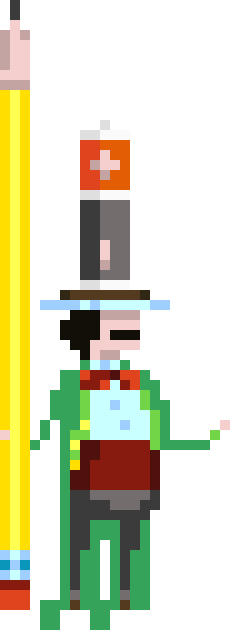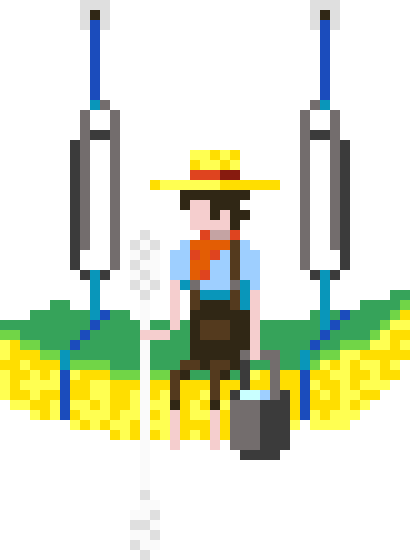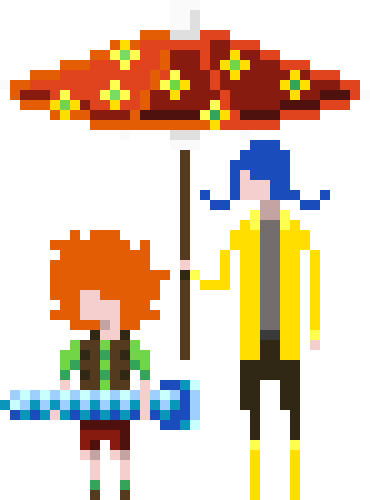



"Knockdown", in general, refers to the use of a drywall knife (or other hard-edged tool) to flatten excess joint compound onto the surface. The texture referred to as just "Knockdown texture" typically involves spraying joint compound on a wall and flattening it with a drywall knife. The result is a surface with a mottled texture with hard edged raised portions. This adds depth and character to a room, while hiding imperfections and adding a layer of soundproofing. One downside of knockdown texture is that it is more difficult to clean and maintain compared to smoother finishes. The textured surface can trap dust and dirt, and it can be difficult to remove stains or marks without damaging the texture. Additionally, applying knockdown texture can be a messy process, and it requires a certain level of skill to achieve a consistent and attractive result.
Knockdown texture is a common drywall texture due to it's ability to hide imperfections while providing a bit of rustic character to a room. It tends to have a more dynamic look than a smooth wall or an orange peel texture. After popcorn ceilings were banned in the 1970s, knockdown gained in popularity as a inexpensive replacement. It's more commonly found on the west coast and in the southwest of the United States.
Because "knockdown" refers to a method of texture making, there is no one shared definition of what it is. The most common definition refers to a pattern created by spraying mud on a surface and knocking it down with a drywall knife to create large, irregular, raised areas along the surface.
If a homeowner isn't interested in the smooth look, or just wants a faster way to hide any imperfections, unevenness, or flaws in the wall, while adding some visual interest, knockdown texture is a good choice. It fits aesthetically for both walls and ceilings, and in pretty much any room, but it's best avoided in rooms where the walls are expected to get dirty often like kitchens and bathrooms. The texture can trap dust and dirt, and it can be difficult to clean the ridges without damaging the texture.
Compared to other textured walls, repairs on knockdown textured walls can be matched fairly closely with some effort to match the amount, consistency, and pattern of the previous application.
Creating a knockdown texture involves at least one hand step, which makes it more involved than pure spray textures, but it can be applied on a Level 3 or Level 4 drywall finish depending on how heavy it's applied. The first application of mud on the wall can be done by hand or by spray gun (typically a spray gun is used). The mud needs to dry briefly after application before it's knocked down using a drywall knife.





Start with at least a Level 3 drywall finish, use a spray gun (or a roller) to apply an uneven coat of all purpose joint compound mixed with water to your wall. Knock it down with a drywall knife. Be sure to note spacing. Undesirable "mistake" "style cracks" can really ruin the aesthetic and make it look like an non-initiate has been banging on your walls.
This texture will not cover the whole surface, so the drywall needs to be a smooth surface. Make sure that your wall is at least up to a Level 3 drywall finish. This means that flat joints and interior angles have been taped and have one coat of joint compound smoothed over them. Accessories and fasteners need at least two separate smooth coats.
Note: If you plan on applying the texture thinly, you will need a Level 4 drywall finish.
There's no reason not to use "all purpose" joint compound for knockdown, but other formulations will probably work fine. Mix it in either a 5 gallon bucket or the bucket it came in if that's possible. Mix it by slowly pouring the water in while stirring constantly by hand with a mixing paddle or with an electric drill with a mixing attachment. Keep adding water and mixing until the consistency of the mud is smooth and creamy like a thick paint or pancake batter.
Let the mud sit for a couple minutes to allow any air bubbles to escape. Give it a good stir before use if it's been sitting for a while.
Pour the mud slowly into the spray gun hopper. You will want to test it out on a piece of cardboard first. Different nozzles and different air pressures will create different sized lumps and bumps in the application. These differences will partly determine its final appearance after being knocked down.
Always keep the gun in motion to prevent excess build up on one area of the wall. Try to keep the application even as possible. You will see portions of drywall between the splatters.
You can also apply the initial splatter with a trowel or roller if you have the patience.
After getting all the mud on the wall, you need to knock it down (duh). It needs to set for about 10-15 minutes before this step though (if you just did a large room, the first section might be ready after you finish). If you don't let it set, then the mud will show lines from the edge of your drywall knife.
You don't need to use a lot of force, just enough to flatten the mud. Different amounts of force will change the final appearance. Use a level of force that produces the texture you prefer. You can try holding the knife more perpendicular to the wall or keep a small angle between it and the wall. Slide the drywall knife down the wall from the ceiling to halfway. Then go bottom to halfway.
Keep your knife clean while you're doing this. Wipe off excess mud with a damp rag between each stroke.


